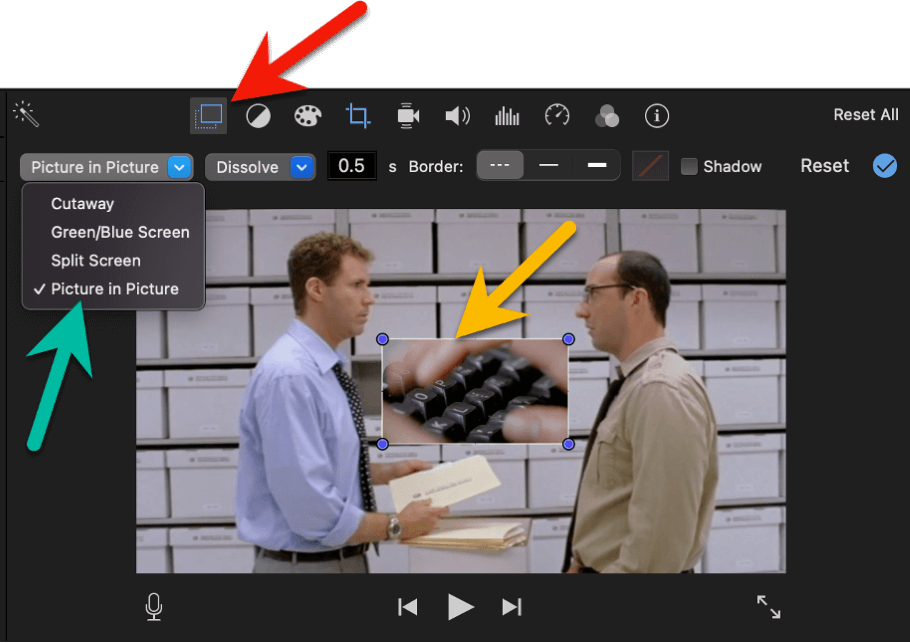

Nobody wants to watch long-form content in a vertical format. And, with smartphones becoming more advanced with bigger screens, a horizontal video may once again be king in the mobile device space, too.

Until device usage changes and traditional computers, laptops, and tablets become obsolete, horizontal video is likely to remain the standard format. Vertical videos can be played, but with black bars on either side of the content. Television screens, computer monitors, tablets, and laptop screens are all better suited for horizontal videos. The vertical video slowly became more popular after 2010, following the release of the iPhone, and as most smartphones adopted a similar, taller screen shape. Horizontal video is currently the most common format for distribution, and that’s likely to stay the same for quite some time. There are lots of benefits for filming in this orientation and a couple of other considerations to think about. In most instances, horizontal videos are best. We’ve been watching horizontal videos from pretty much the birth of television, with vertical videos only becoming popular for smartphone users over the last decade.

There are lots of things to unpack on this topic, and this piece should give you an idea of why horizontal video footage is an important part of how we help you sell your brand and the instances when vertical videos might be better suited. We can, however, cater to specific social media demands that sometimes require vertical videos. We do this primarily with horizontal videos, reflecting our experience in the broadcast industry and understanding viewer habits. Gillespie Productions helps you bring out the best in your team and showcase your brand to the world. We know the power of video, particularly when it’s filmed in a natural, honest, and personable way. With so many platforms out there designed for video consumption and so many different devices and viewing habits to consider, choosing between horizontal and vertical videos might seem tough. It helps them see products that they may not be able to try out in a retail store, connects people who might be hundreds or thousands of miles away, and it makes learning new information quicker and more engaging. That’s not far away, and we’re already feeling the impact thanks to the way COVID-19 lockdowns changed global economies. According to research from Cisco, 82% of consumer internet traffic will be made up of videos by 2022.


 0 kommentar(er)
0 kommentar(er)
